
January 6 – last of the 12 Days of Christmas – leads to “Plough Monday…”
Welcome to “read the Bible – expand your mind:”
For more on expanding your mind and horizons, see the Introduction. For more on the theme here – exploring the “mystical side of Bible reading” – see the notes below.
In the meantime:
Here’s a corrected version of an earlier post confusing January 6 and Plough Monday.
For starters, Christmas Day has come and gone. But that doesn’t mean the Christmas season is over. As noted last year at this time, the 12 Days of Christmas are “both a festive Christmas season” and the title of a “host of songs and spin-offs (including one on a Mustang GT):”
The Twelve Days of Christmas [begin] on Christmas Day (25 December)[, celebrate] the birth of Jesus [and are] also known as Christmastide… The Feast of the Epiphany is on 6 January [and] celebrates the visit of the Wise Men (Magi) and their bringing of gifts to the child Jesus. In some traditions, the feast of Epiphany and Twelfth Day overlap.
The post also said that technically this holiday season really started back on Halloween.
The thing is, winters back in the really old days – when life was nasty, brutish and short – were really long and really boring. So folks back then looked for any good reason to throw a party and get sloshed. (Which explains why the “party season” started on Halloween.)
In one sense you could say the end of that extended holiday season comes on January 6. But in another sense you could say the season extends to the Monday following January 6. That’s the Monday known as Plough Monday. Which is another way of saying some of the post-Christmas holidays and/or Feast Days can be extremely confusing.
For example, another name for January 6 was Twelfth Night. That in turn was the name of famous play by William Shakespeare. The play “expanded on the musical interludes and riotous disorder expected of the occasion,” to wit: the “occasion of the ‘drunken revelry’ of 12th Night.”
And January 6th has yet another name. It’s perhaps best known as the Epiphany, the Christian feast day celebrating “the revelation of God the Son as a human being in Jesus Christ.” And yet another name for the Day is The Presentation of Our Lord.
 But getting back to Plough Monday: In England it marked the start of the new Agricultural Year. (And thus – in a sense – the end of the “old” agricultural year.) Anyway, the Church of England had a long church service to mark the occasion. The service included prayers for a bountiful harvest, and both a blessing of the seed to be planted and a “blessing of the plough” – as illustrated at right:
But getting back to Plough Monday: In England it marked the start of the new Agricultural Year. (And thus – in a sense – the end of the “old” agricultural year.) Anyway, the Church of England had a long church service to mark the occasion. The service included prayers for a bountiful harvest, and both a blessing of the seed to be planted and a “blessing of the plough” – as illustrated at right:
Blessed are you, Lord God of all creation: for in your abundant care you have given us fertile land, rich soil, the seasons in their courses… By your blessing, let this plough be a sign of all that you promise to us. Prosper the work of our hands, and provide abundant crops for your people to share.
In turn, Plough Monday was preceded by Plough Sunday. Plough Sunday was seen as a way of celebrating farming and the work of farmers, in church. But since you weren’t supposed to work on Sundays – back in the good old days – the new agricultural year didn’t really start until the next work day: “work in the fields did not begin until the day after Plough Sunday.”
Put another way: Since the the date of Epiphany always came on January 6, Plough Sunday came on the Sunday after the Epiphany. (The Sunday between January 7 and January 13.) Thus Plough Monday is usually the first Monday after Twelfth Day (Epiphany), 6 January.
The point of all this – January 6, Plough Sunday, Plough Monday, etc. – was to have one more big blast before getting back to work. (Resuming farm-work after the extended holiday season.) As such it was one more occasion for general tomfoolery, as shown in the top picture:
In some areas, particularly in northern England and East England, a plough was hauled from house to house in a procession, collecting money. They were often accompanied by musicians, an old woman or a boy dressed as an old woman, called the “Bessy,” and a man in the role of the “fool.”
In turn it may help to remember that one big reason for all this general tomfoolery was that – otherwise – life back then was indeed “nasty, brutish and short.”
 And finally, people usually celebrated Plough Monday by eating Plough Pudding, as seen at left: A “boiled suet pudding, containing meat and onions. It is from Norfolk and is eaten on Plough Monday.”
And finally, people usually celebrated Plough Monday by eating Plough Pudding, as seen at left: A “boiled suet pudding, containing meat and onions. It is from Norfolk and is eaten on Plough Monday.”
* * * *
In other news – and in preparation for 2016 – I’ve been tweaking the “pages” above. (Pages including The basics, The Blog, and The Scribe.) But I’ve been working especially hard on the INTRODUCTION and CONTENTS.
Part of that work included updating post-links, including the one on how reading the Bible on a regular basis can by like an ongoing “transcendental meditation.”
You try to do what you know you can’t do, yet you try anyway… It’s as impossible a goal as – say – as trying to love the Lord your God with all your heart, with all your strength, and with all your mind. This is the first and great commandment, and the second is like unto it: you shall love your neighbor as yourself.
(See Matthew 22:36-40, on the Two Great Commandments.) But there are rewards from this “impossible meditation” – reading the Bible on a daily basis, with an eye to “being one” with God and your neighbor. Those rewards include but are not limited to:
1) Greater personal efficiency in everyday life; 2) The “comprehension of a different view of reality than the one we ordinarily use;” 3) A capacity to transcend the painful, negative aspects of life; 4) The ability to live with a serene “inner peace;” and 5) The ability to live with “a zest, a fervor and gusto in life...”
All of which means that starting – or continuing – the meditation of Bible-reading is a great way to ring in the New Year! (Not to mention reading this blog for color commentary…)

“Baby New Year 1905 chases old 1904 into the history books…”
* * * *
Re: The theme of this blog. It is that taking the Bible literally is a great place to start. (That is, to start the process of evolving on your earthly pilgrimage.) But if you really want to be all that you can be, you need to go on and explore the “mystical side of Bible reading.*”
That’s what this blog is about. Exploring that mystical side of the Bible.
Which is another way of saying the blog is all about “evolving.” On that note see You Want Pies With That, on the quote by “Nick,” the character in The Big Chill played by William Hurt. Asked about his “coming home from Vietnam a changed man,” Nick answered, “What are you getting at? I was e-VOL-ving.” (As we all should be…)
 That’s another way of saying that exploring the mystical side of the Bible can help you “be all that you can be.” On that note see Slogans of the United States Army – Wikipedia, re: the Army recruiting slogan from 1980 to 2001. In turn, the related image at left is courtesy of: “toywonders.com/productcart/pc/catalog/aw30.jpg.”
That’s another way of saying that exploring the mystical side of the Bible can help you “be all that you can be.” On that note see Slogans of the United States Army – Wikipedia, re: the Army recruiting slogan from 1980 to 2001. In turn, the related image at left is courtesy of: “toywonders.com/productcart/pc/catalog/aw30.jpg.”
* Re: “mystical.” As first used, the term mysticism “referred to the Biblical liturgical, spiritual, and contemplative dimensions of early and medieval Christianity.” See Mysticism – Wikipedia, and the post On originalism. (“That’s what the Bible was originally about!”)
For an explanation of the Daily Office – where “Dorscribe” came from – see What’s a DOR?
* * * *
Re: Mustang GT. See also Jeff Foxworthy – Redneck 12 Days Of Christmas lyrics.
Re: “Nasty, brutish and short.” That’s a quote from the book Leviathan, written by Thomas Hobbes and published in 1651. Hobbes described the natural state of mankind as a “warre of every man against every man,” a life which was in turn “solitary, poor, nasty, brutish, and short.” See Wikipedia, and also Nasty, brutish and short – meaning and origin.
The lower image is courtesy of New Year – Wikipedia, the free encyclopedia. The full caption: “Baby New Year 1905 chases old 1904 into the history books in this cartoon by John T. McCutcheon.” See also ‘Ringing’ Or ‘Bringing In The New Year:’ A History.
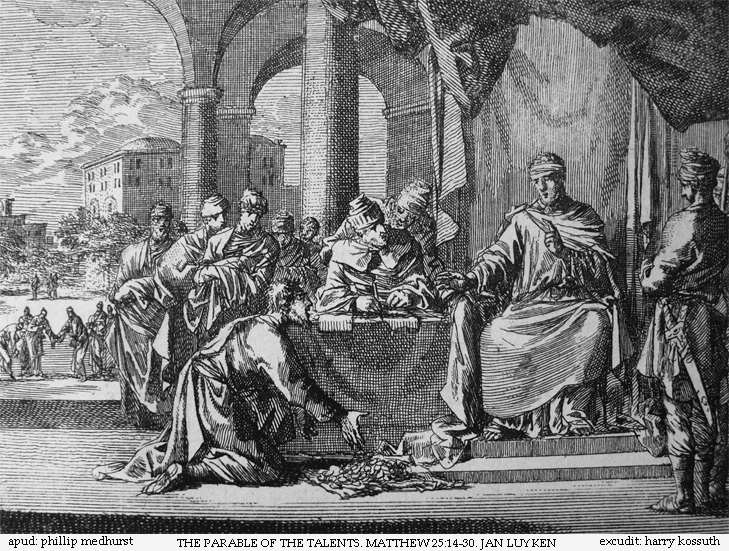
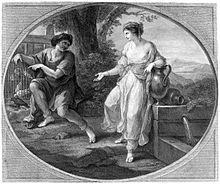 So here’s the
So here’s the 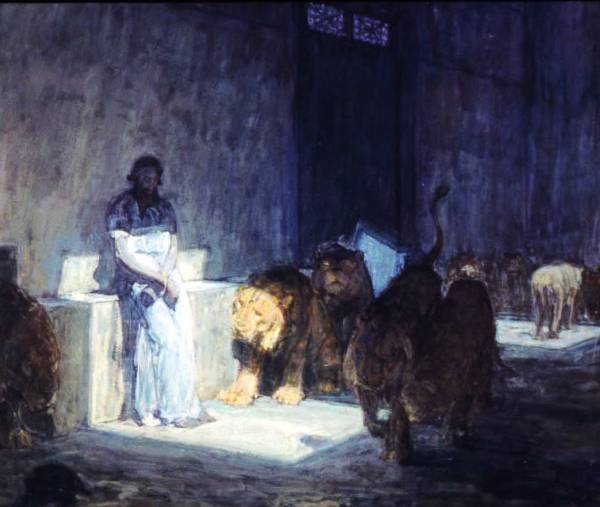

 About the same time I did
About the same time I did  “Twelfth Night (The King Drinks)…”
“Twelfth Night (The King Drinks)…”
 (Not to mention it’s
(Not to mention it’s  In other words, if it hadn’t been for the millions upon millions of people who came to believe, “the history of the world would be ‘enormously different.'” On that note, “even some atheists admit that – taken as a whole – Christianity has had a positive influence on history.”
In other words, if it hadn’t been for the millions upon millions of people who came to believe, “the history of the world would be ‘enormously different.'” On that note, “even some atheists admit that – taken as a whole – Christianity has had a positive influence on history.”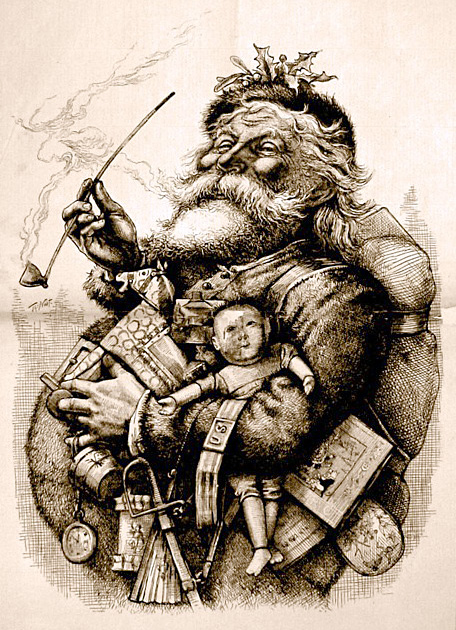 In other words, our Santa Claus is based on a “historic 4th-century Christian
In other words, our Santa Claus is based on a “historic 4th-century Christian 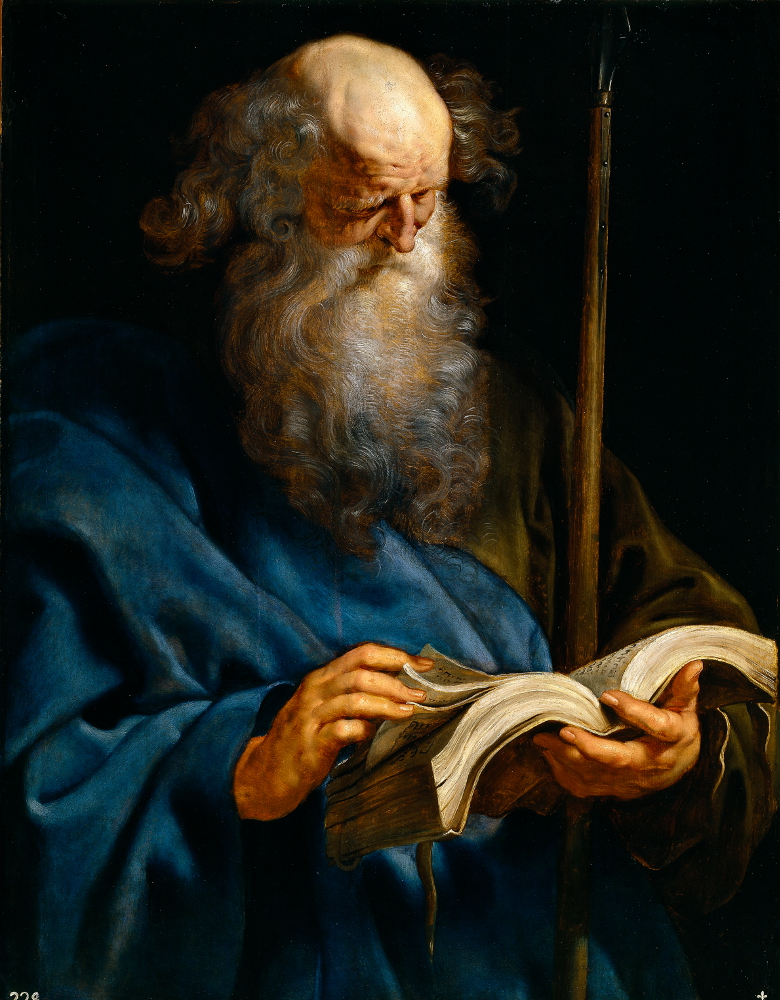
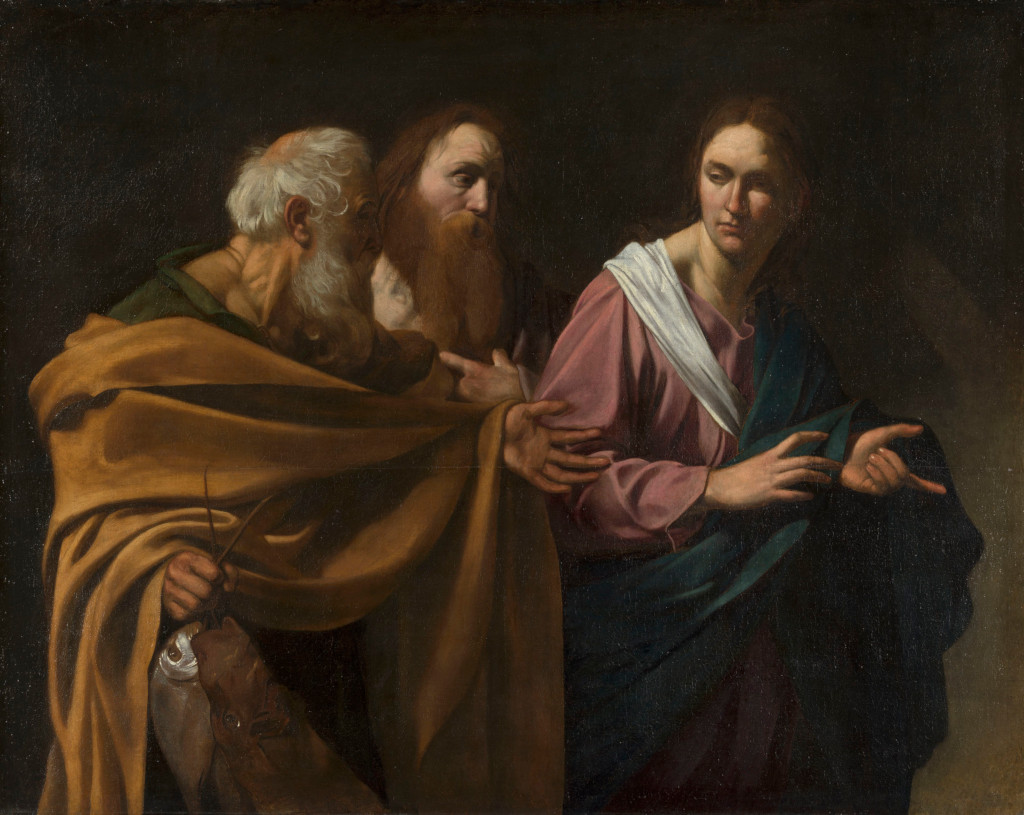
 And which brings to mind
And which brings to mind 